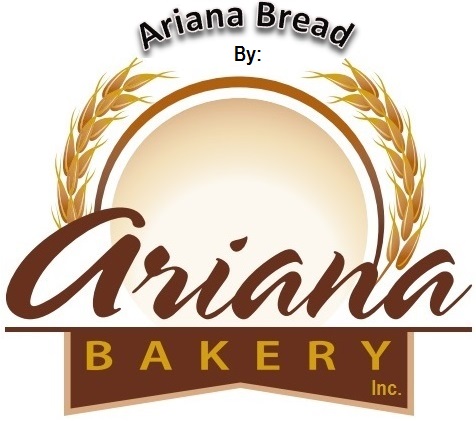A flat-bread is simple bread made with wheat flour, water, and salt, and then thoroughly rolled in to flattened dough before it is baked. Flat-bread was already known in ancient Egypt and Sumer. In ancient Mesopotamia (modern day Iraq) the Sumerians discovered that edible grains could be smashed in to a paste and then baked/hardened in to a flat bread and since then, flat bread has become the staple food of many countries around the world.
Afghan Flat Bread is the everyday bread of Afghanistan. It is also called Noni Afghani, Nan-i-Afghan, Afghani Nan or Nan-e Barbari in Persian. Afghan flat bread is baked in a variety of sizes and shapes. Afghan flat breads are usually made with either all whole wheat or all white flour.
The dough for Afghan flat bread is usually allowed to rise once before it is shaped into pieces for baking. It is molded into rounded spheres by hand, which are allowed a short resting period before each is shaped into a sheet for baking. Ripple marks on the top are left by the pressure of the fingers while flattening and shaping the rounded spheres of dough which is one of the hallmarks of traditional Afghan flat bread. A freestanding brick oven, fired with wood, is traditionally used to bake Afghan flat bread, while some bakeries may use deck ovens or other industrial ovens. Sesame or poppy seeds are often sprinkled on the top before baking.
In Afghanistan the Afghan flat bread is served with almost every meal and is generally torn into shreds and used to wrap foods, so that they can be picked up and conveyed to the mouth, and also to soak up liquids on the plate and in a stew. It is also commonly served as a snack or light meal with yogurt or fresh cheese and other appetizers. The Afghan flat bread stays fresh when frozen for weeks, and can be reheated briefly in a warm oven before each serving.
The Afghan flat bread has recently gained much popularity among the food savvy individuals in the west due to its unique taste, simple ingredients and its use in multiple recipes.

